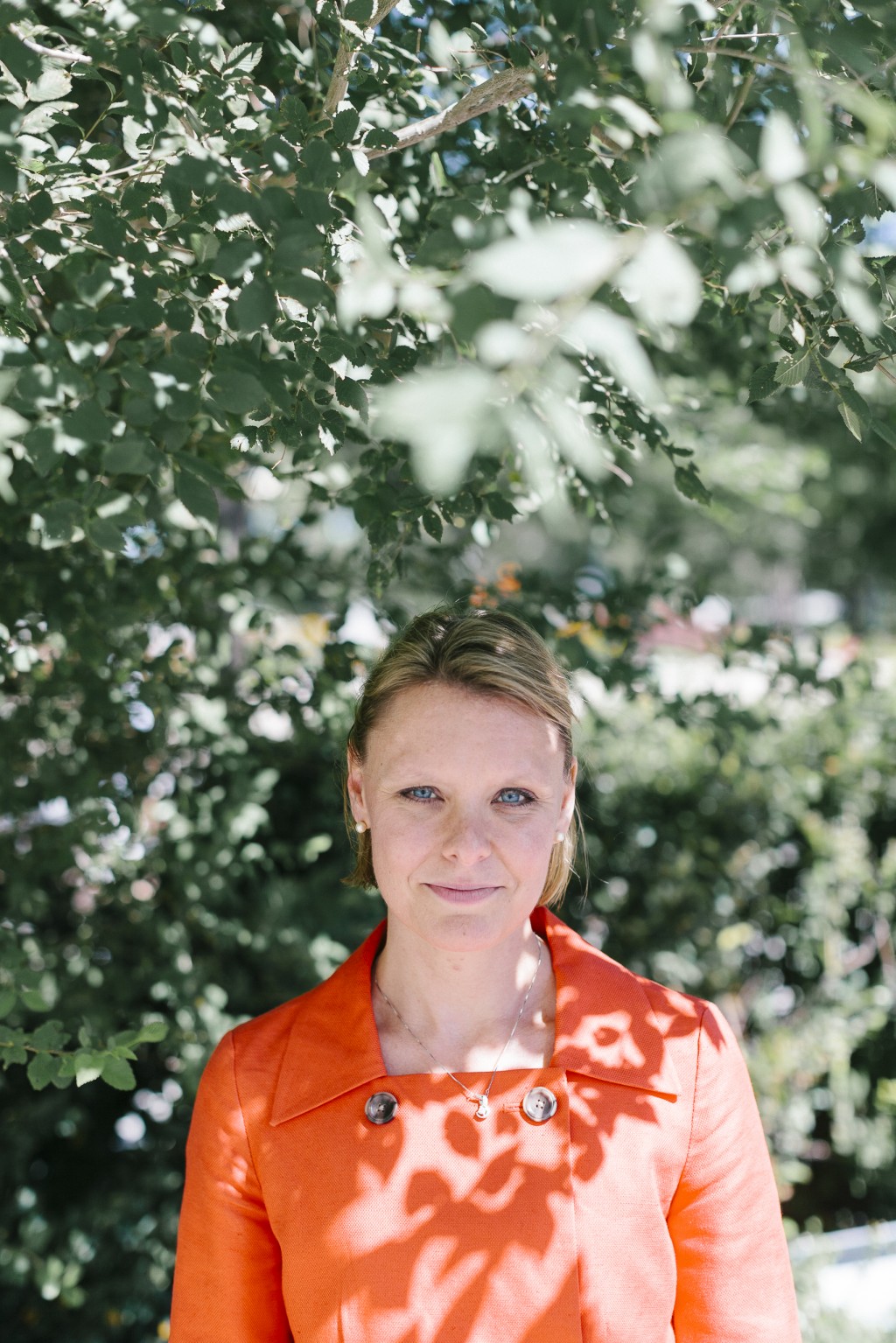
Shannon Lengerich Suffoletto, Mover and Healer
Shannon Lengerich Suffoletto (MA ’02, GLCMA ’07, MPAC ’13) began dancing at 3 years old. By junior high, she knew she wanted to eventually help people as a therapist or counselor. Through two passions and three Columbia College degrees, she’s found her calling as a dance/movement therapist and wellness director.
Various forms of therapeutic dance have been around for thousands of years. Marian Chace, a dancer and teacher from Rhode Island, ushered in the movement for a dance therapy profession that began taking shape in the 1950s.
Suffoletto witnessed firsthand a healing transference through dance in her first job out of Columbia College in 2002. While at Chicago’s Methodist Hospital, Suffoletto used music and movement to provide relief to patients with chronic mental illnesses. “We could be dancing, moving or even stretching,” she says, “but we’re working on their moods and self expression. You could see patients interacting in different ways with each other.”
The Cincinnati native, who double majored in psychology and dance at Denison University, was introduced to dance movement therapy (and Columbia College) by an alumnus of both Denison and Columbia. “I knew I wanted to be a therapist, and I felt the power of movement,” she says. “All someone had to do was tell me about dance/movement therapy and I was in.”
“As dance and psychology ran parallel in my life, I learned to combine them.”
A scholarship helped bring Suffoletto to Columbia in 1999. Involved in the genesis of a young dance/movement therapy program with fewer than 10 master’s students, she learned to combine movement theory with psychological training. “You’re trained to be a therapist or counselor, but you’re specifically trained in the mind and body connection,” she says.
Suffoletto’s own Columbia connection has lasted for some 15 years. At the urging of Susan Imus, chair of the Department of Creative Arts Therapies, Suffoletto returned to Columbia in 2005 to teach part time. She received her Graduate Laban Certificate in Movement Analysis (GLCMA) in 2007, a forerunner to the Movement Pattern Analysis Consulting Certificate (MPAC) she earned in 2013 from Columbia—the first educational institution to grant the certificate.
A training tool used in business and military for nearly 50 years, movement pattern analysis looks at how physical behaviors influence decision making. It’s not, Suffoletto says, the study of body language or gestures, but an intricate pattern analysis that can help one better understand an individual’s leadership style.
A role as the project director on a suicide prevention grant from the Substance Abuse and Mental Health Services Administration at Columbia led Suffoletto into suicide prevention work. In what she describes as a huge professional leap, she became the associate dean of wellness at Harper College before becoming the director of the Office of Health Promotion and Wellness at DePaul University in 2012. “I still do a lot of work through the mind and body connection,” she says. “Taking care of the body is very much part of the prevention lens.”
She remains a Columbia adjunct faculty member, still dancing every step of the way. “I’ve always loved helping people,” she says. “As dance and psychology ran parallel in my life, I learned to combine them.”—William Meiners (MFA ’96)